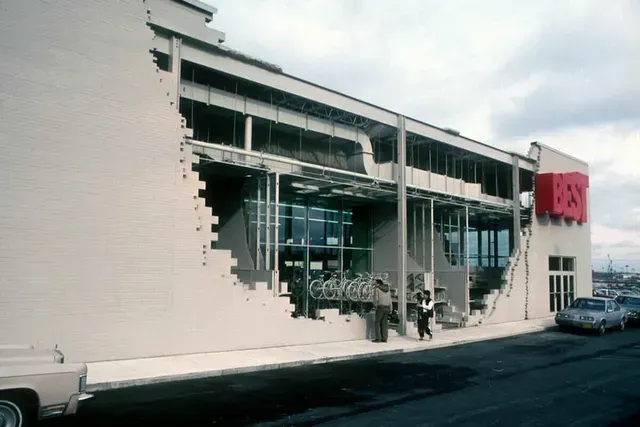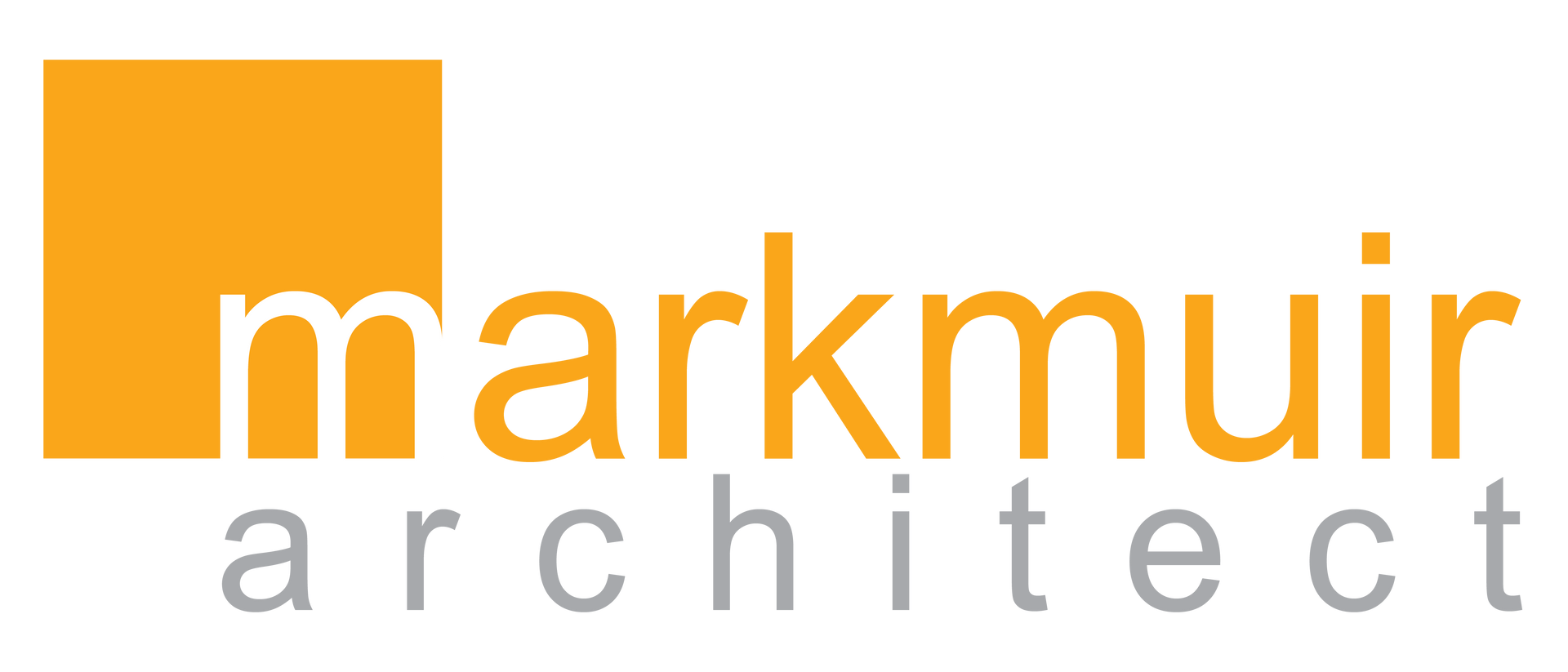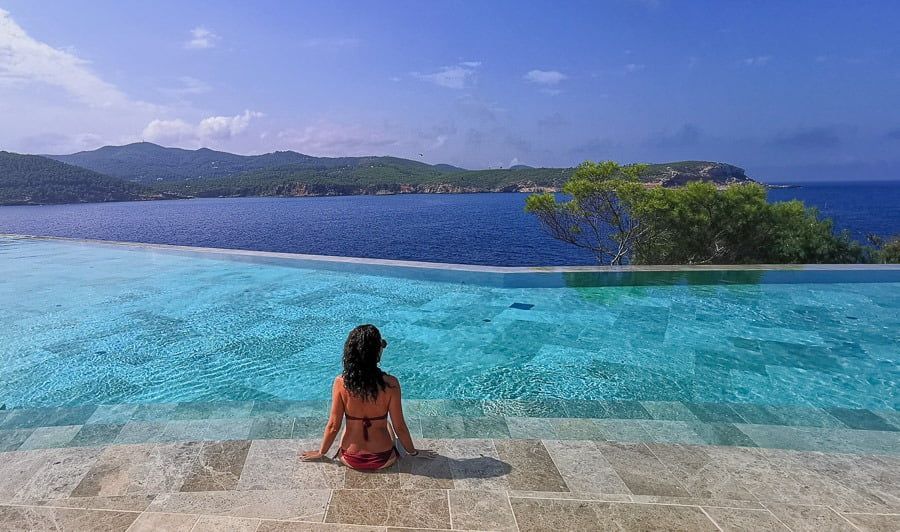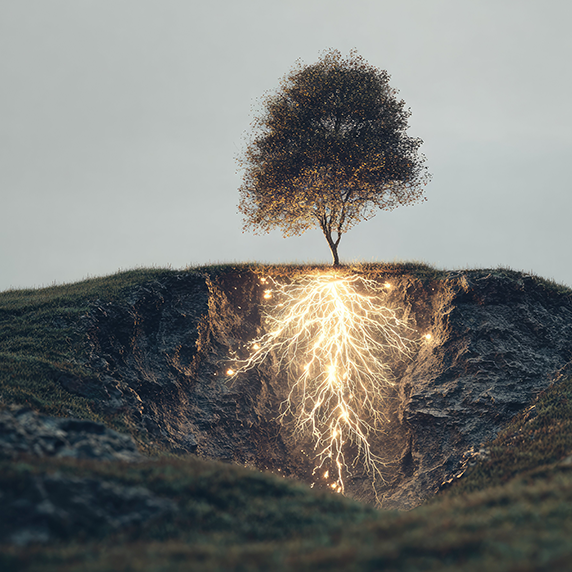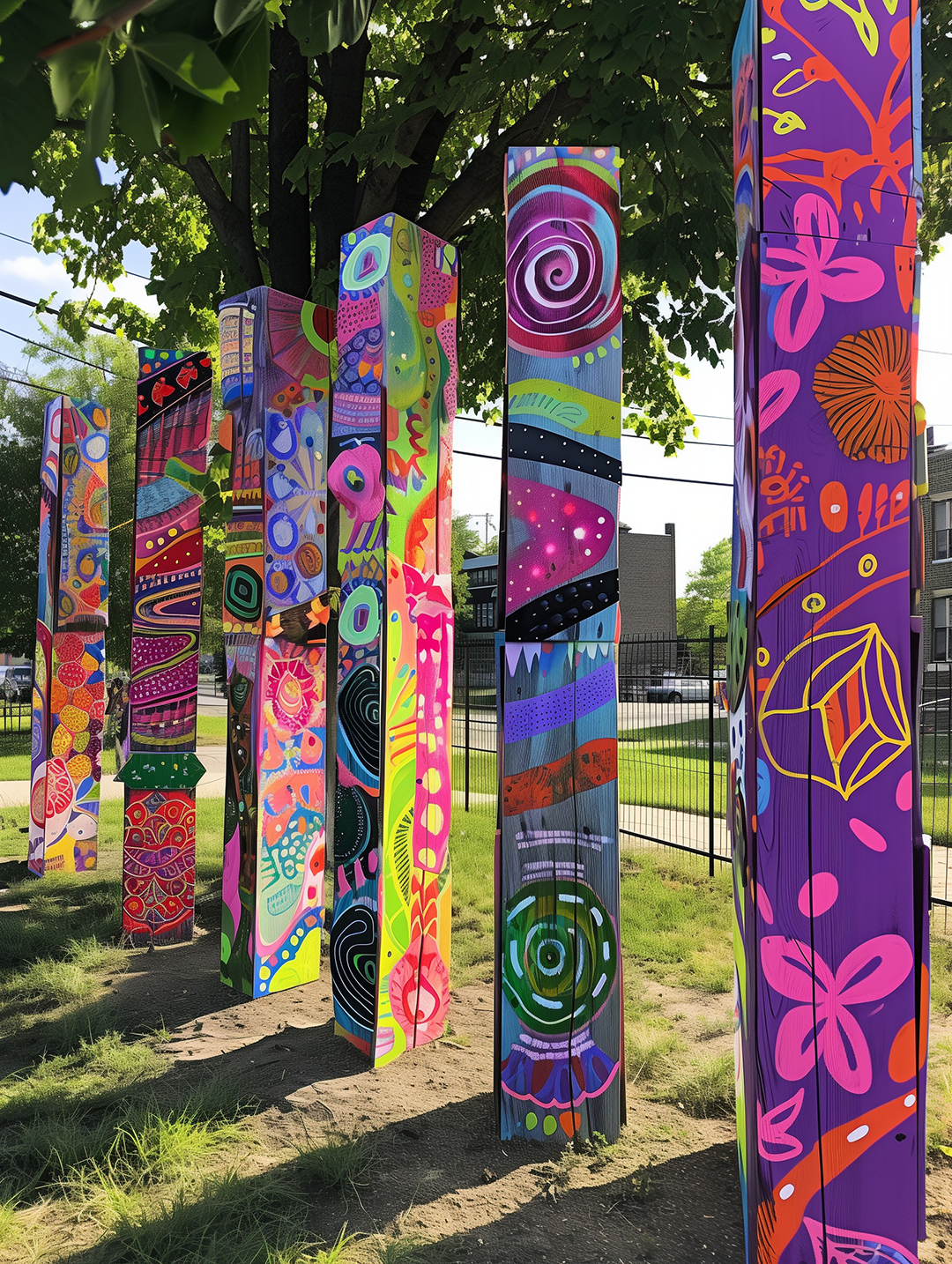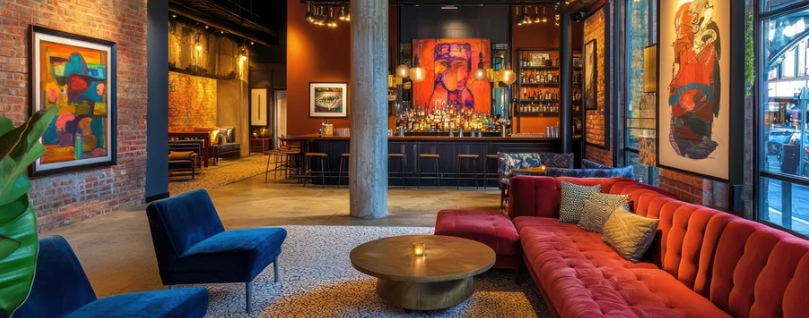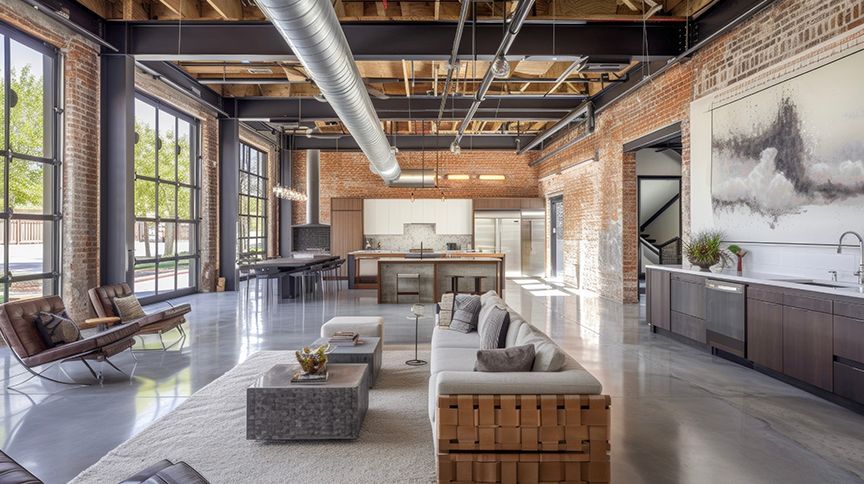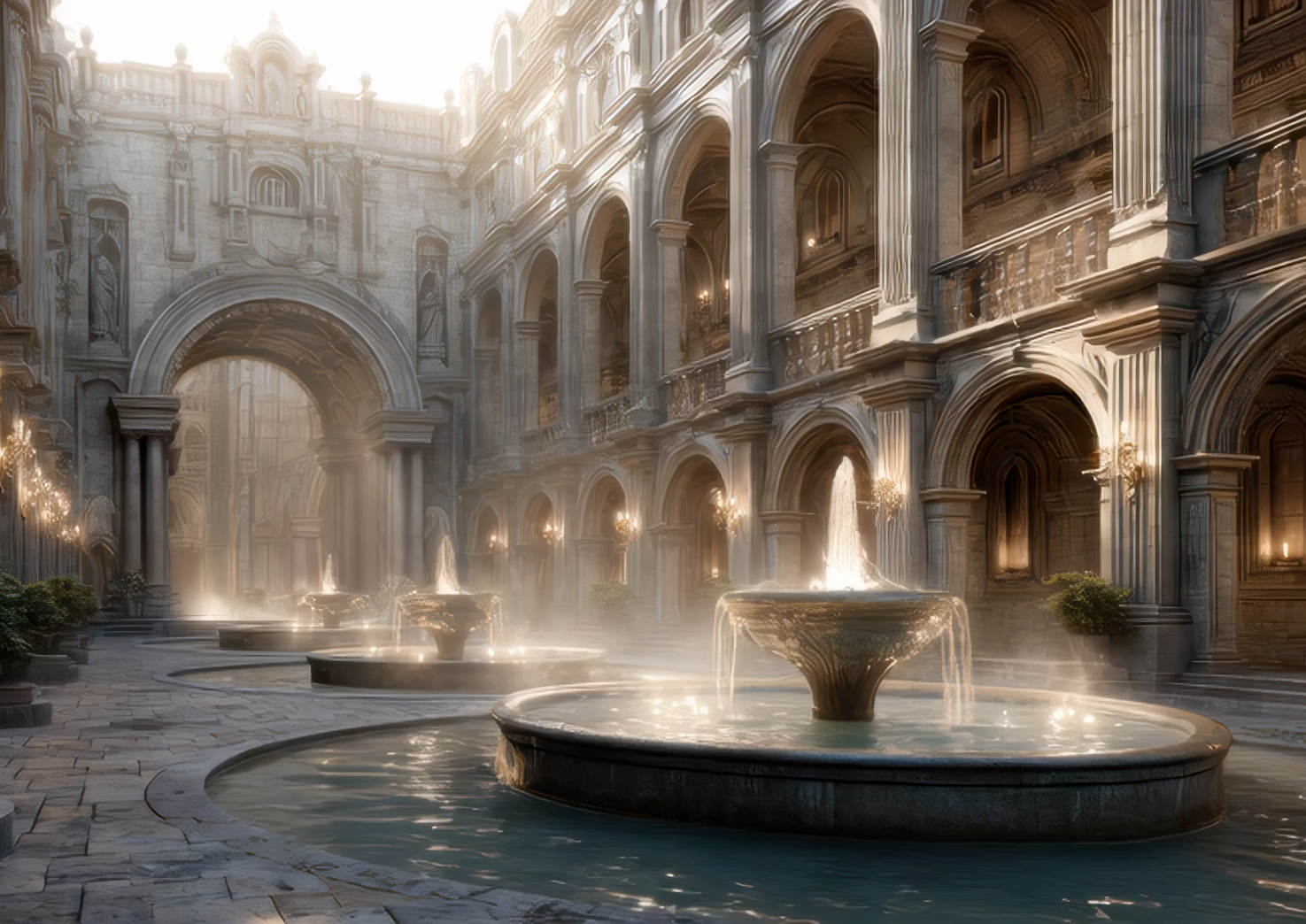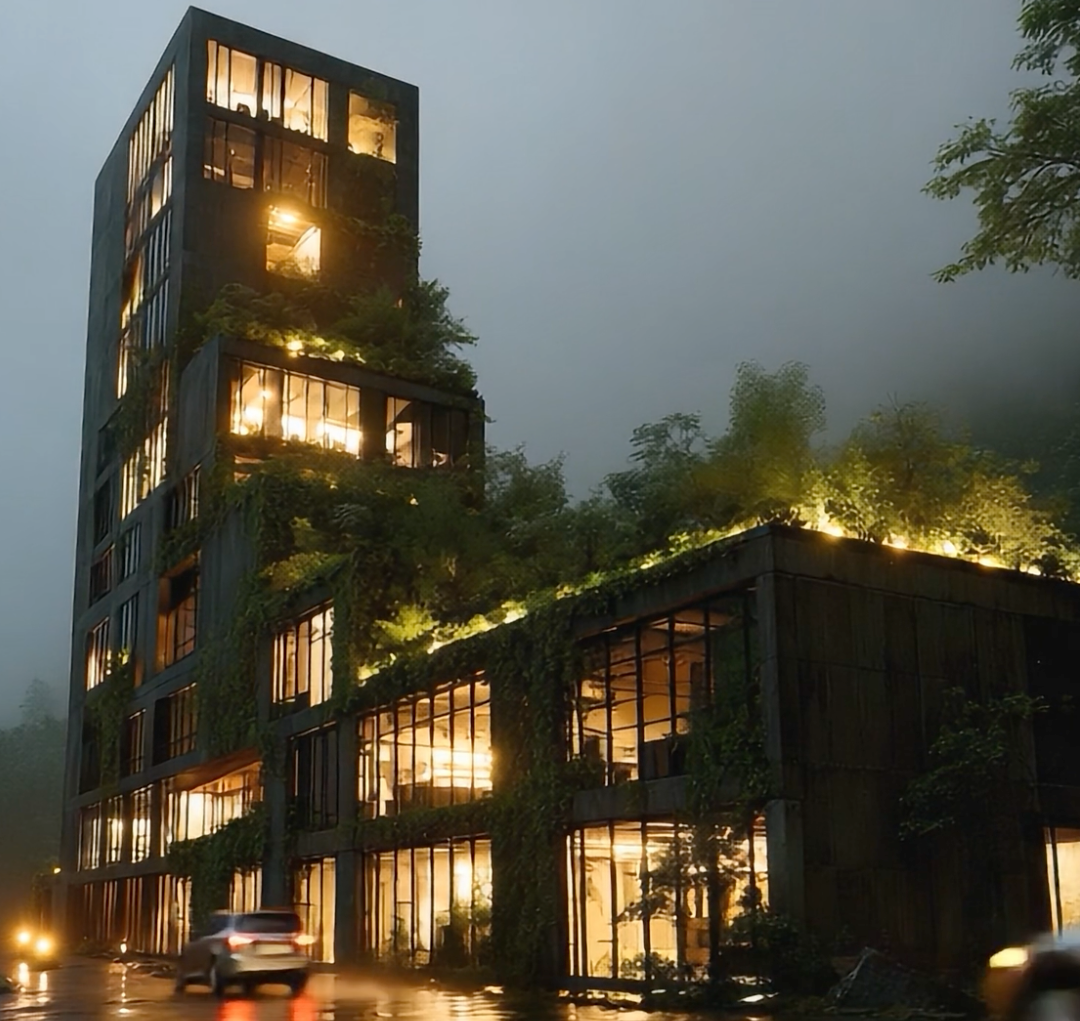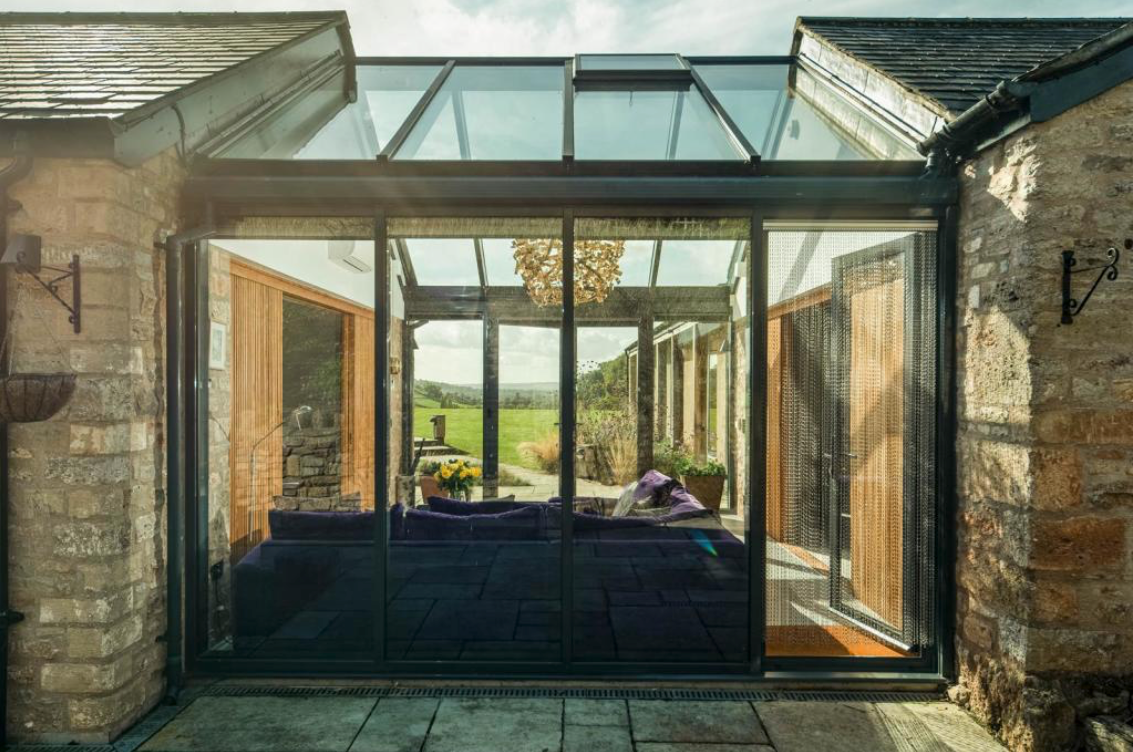The US Best Stores - Whimsy and Social Commentary
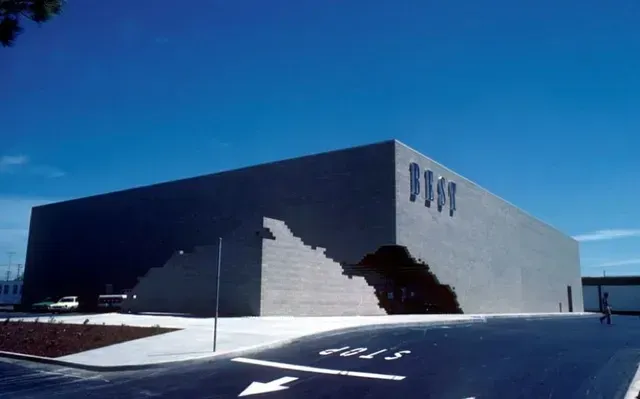
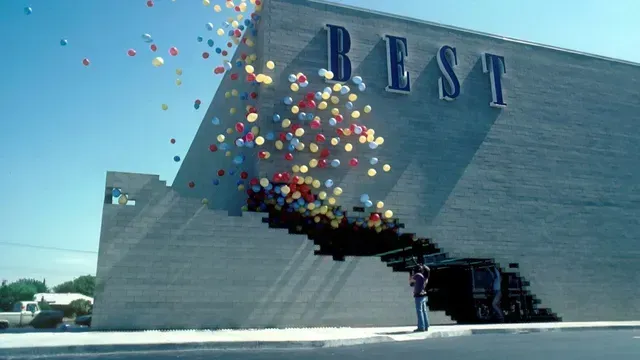
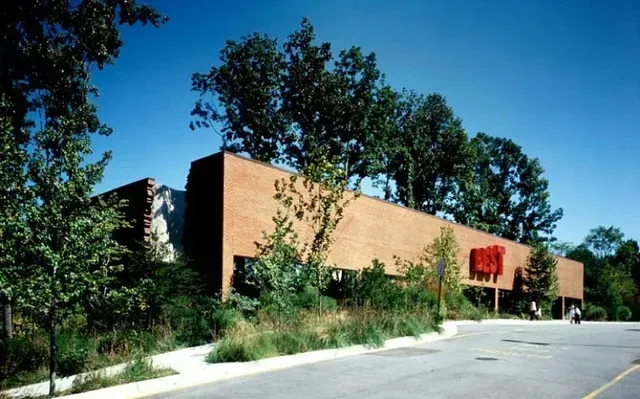
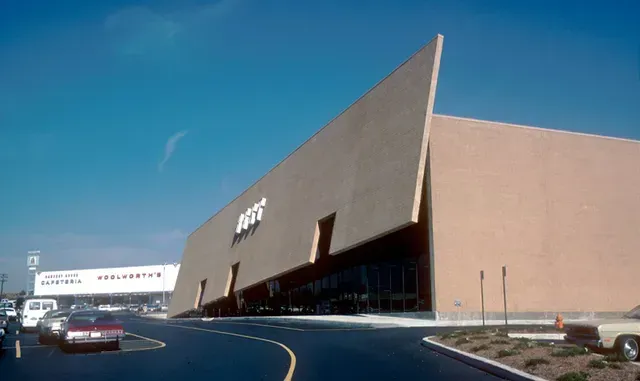
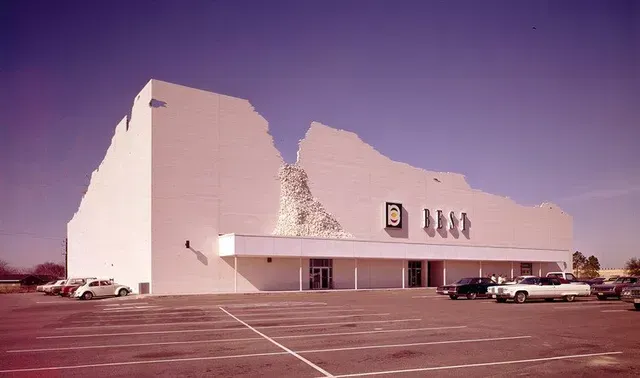
You may not be familiar with the BEST stores in the US but they were simultaneously iconic and controversial, and most importantly for the retail company, they brought in customers in their droves.
Architect James Wines completed his designs for BEST between 1972 and 1984, which were steeped in whimsy as well a social commentary, and came to symbolise the essence of Postmodernism in the US.
Sadly, all but one of the BEST showrooms have been demolished or fundamentally altered, but they set a lasting precedent, and continue to influence the use of architecture in corporate branding today.
James Wines began his career as a sculptor and visual artist. He focused on taking the art scene out of sterile gallery spaces, and, as Wines described, putting art where you would least expect it.
BEST Products was a chain of retail stores in the United States from the late 1950s until the 1990s.
The company’s founders, Sydney and Frances Lewis, were avid art collectors, and in the early 1970s they began working with Wines’ environmental art and architecture studio on a series of buildings for the retail chain. The Lewises were interested in bringing their love of art to their retail business and rather than placing a piece of art out in front of the stores, they wanted their stores to actually become the art.
The designs are an exploration of the boundary between art and architecture, and working from the starting point of the ubiquitous and familiar big-box store archetype provided even greater freedom to blur the line.
The work was often met with staunchly negative criticism by the mainstream architectural press who saw no place for humour in architecture, but the Lewises continued to support the work in spite of the critical response.
The humour was also an exploration of decay and neglect.
An ironic critique of the throwaway nature of American consumer culture, the source of his clients’ business success.
Sadly most of these distinctive buildings have been converted into conventional buildings by removing the architectural embellishments, or in a few cases, demolished. The only building to retain its distinctive features is the Forest building in Richmond, now home to the West End Presbyterian Church, which has stated that the forest in the entryway has been an asset to the church.
